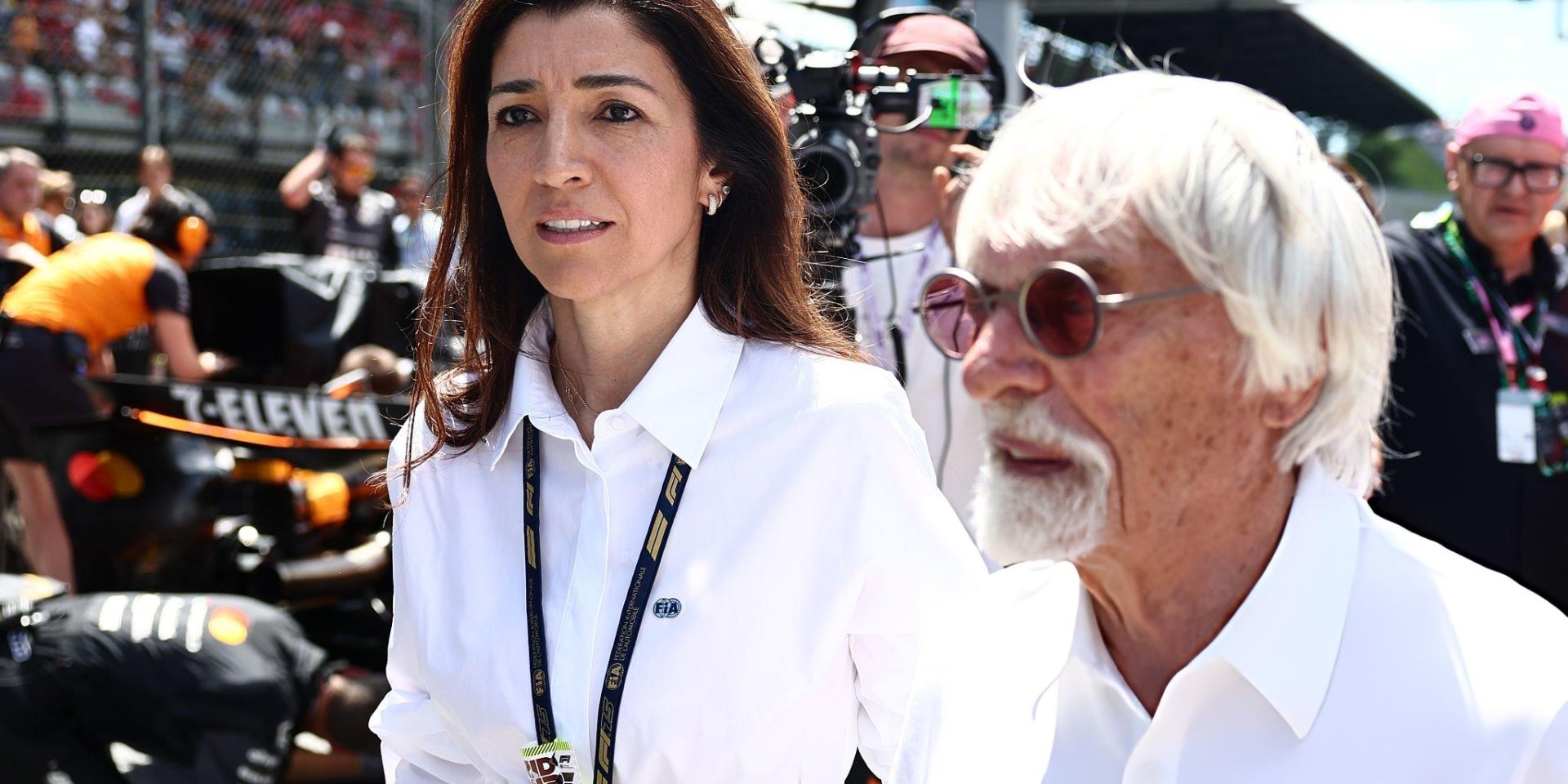
The FIA presidential election, scheduled for December 12, suddenly shifted from a technical procedure to a political thriller with an unexpected leading figure. The federation chief’s chair is not just the seal beneath the sporting regulations of Formula 1, rally and endurance racing, but also influence over how motorsport will live in the coming years: what power units and fuels will look like, which series will survive, and which will need a reboot. At stake is the architecture of the global discipline. And at the center of this structure is Fabiana Ecclestone, the FIA Vice President for South America and the wife of former F1 boss Bernie Ecclestone.
A Choice That Will Rewrite the Rules of the Future
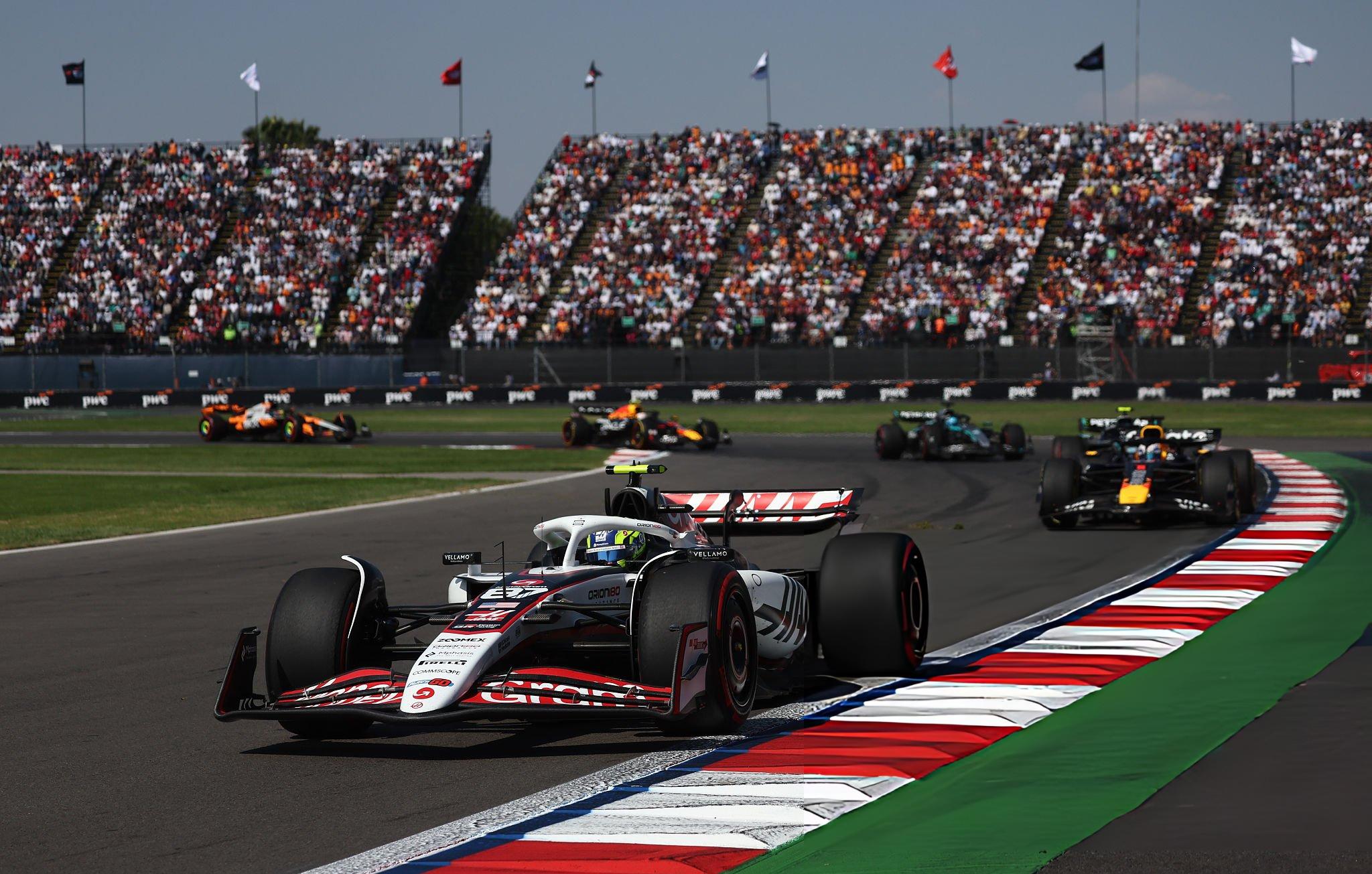
The FIA oversees world championships — from F1 to WRC, WEC, Formula E, and karting. The new administration will have the authority to shape key regulations for power units and fuel standards (electric, hybrid, biofuel, hydrogen) and to set the sport’s direction on a decade-long horizon. This is especially critical amid turbulence: rally is experiencing an outflow of manufacturers and a change of promoter, rallycross is on the brink of survival, and in endurance racing the participant mix and the technical concepts of hypercars are evolving. The FIA president effectively sets the course for the entire ecosystem — from the elite to the grassroots of auto clubs.
The Candidates and the Incumbent's Shadow
A diverse slate of rivals lined up at the start. American Tim Mayer — the son of a former McLaren owner, a seasoned official and former steward — positioned himself as a pragmatic alternative. A historic challenge came from Laura Villar and Virginie Filippo — for the first time, women are vying for the FIA’s top job. Yet the figure looming over the campaign is the incumbent, Mohammed Ben Sulayem: a former rally driver and the architect of the federation’s sweeping reorganization. He entered the race with promises of transparency, yet became known for high-profile statements, wave after wave of personnel shake-ups, and hard centralization of power.
How the 'Filter' Turned a Plebiscite into a Puzzle
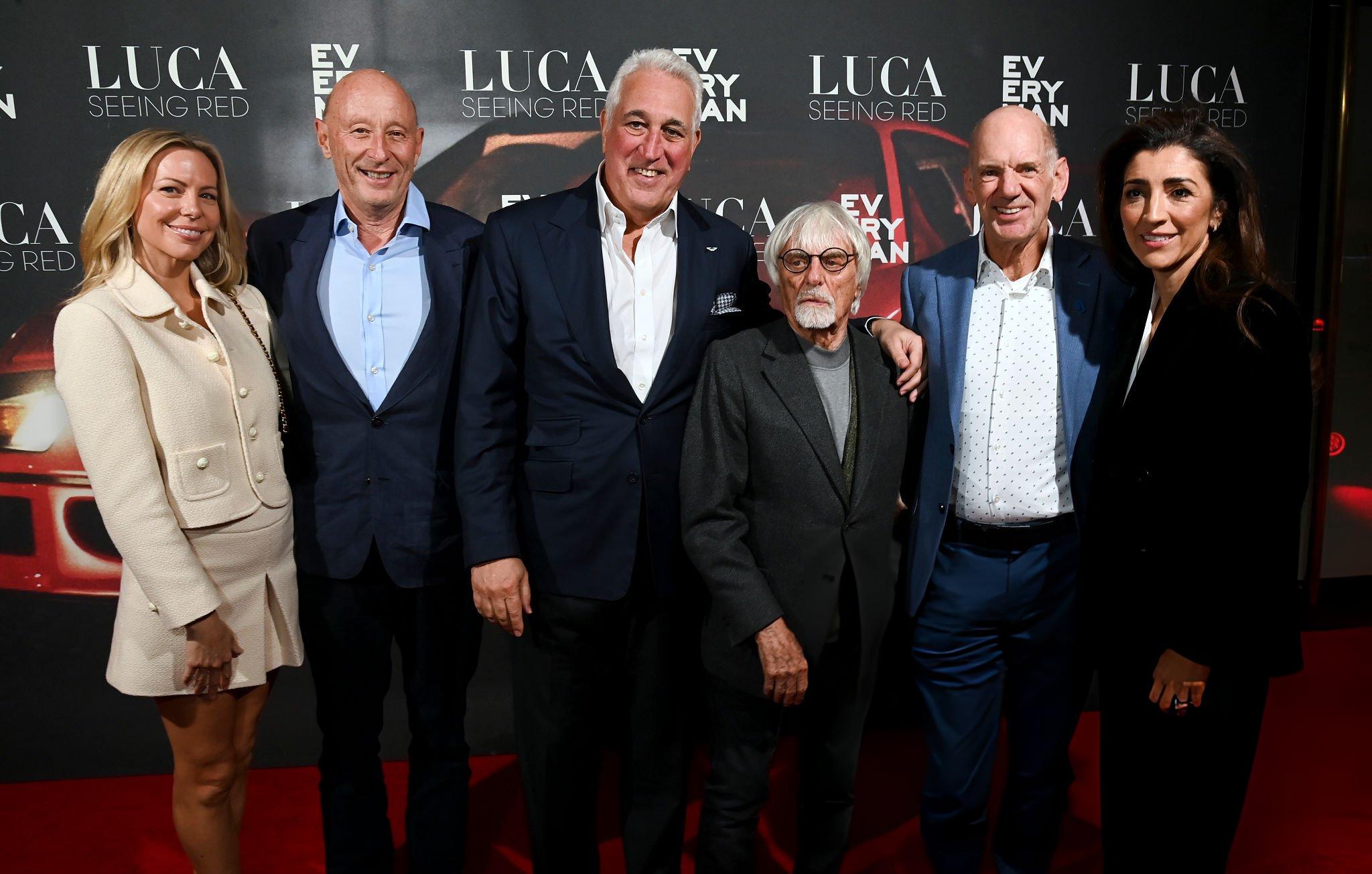
Ben Sulayem’s reform obliges a presidential candidate to assemble a full 11-person “cabinet”: a Senate President, deputies for Automobile Mobility and Tourism and for Sport, plus seven vice presidents from different regions. Here is the key: one can be nominated for these posts only from an approved “shortlist” coordinated with the Senate. It contains 29 names, and only one represents South America — Fabiana Ecclestone. Being put forward by two different teams at the same time is prohibited. The result is that any opponent without Fabiana cannot collect a regional quorum and will not even reach the home straight.
South America in a Single Surname
Fabiana officially announced she would join the incumbent’s team. That automatically narrowed the maneuvering room for the others: Mayer withdrew his candidacy and prepared an appeal to the ethics committee, while Villar promised to sue, pointing to the structure’s lack of democracy. But both the committee and the lists are within the orbit of the current administration. In such a system, Ecclestone becomes an “ignition key”: without her signature, no alternative team can be started.
Why the Decisive Vote Belongs to Fabiana
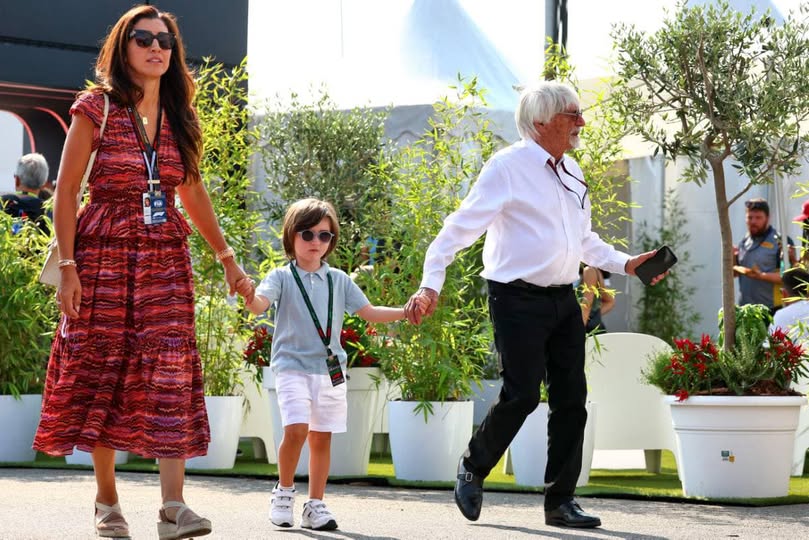
Strictly formally, she is just one of the 11 pieces of the mosaic. In practice, she is the gray eminence of a pivotal region. If, for any reason, Fabiana were to switch sides, the alignment would collapse: timelines would slip, the list would have to be rewritten, and the elections postponed. As long as she stays with the incumbent’s camp, her bargaining position is maximal: portfolio, powers, and the regional program — all can be converted into political guarantees. It is no accident that the South American cell has become the center of gravity.
Who Is Fabiana Ecclestone
Hailing from São Paulo, Fabiana Flosi is a lawyer and marketer, a qualified attorney in Brazil and the United Kingdom. She has been in motorsport since the age of 17, starting at the Brazilian Grand Prix and rising to the event’s marketing director. She met Bernie in 2009; they married in 2013 — the third marriage for Ecclestone. After the sale of F1 to Liberty Media, the couple settled on coffee plantations near São Paulo, developing the Celebrity Coffee brand. In 2020, their son Ace was born — when the news broke, Bernie was 89, and the story made waves worldwide. More importantly, Fabiana did not leave the sport; she returned as an FIA official.
Return to the Paddock: Portfolio and Mandate
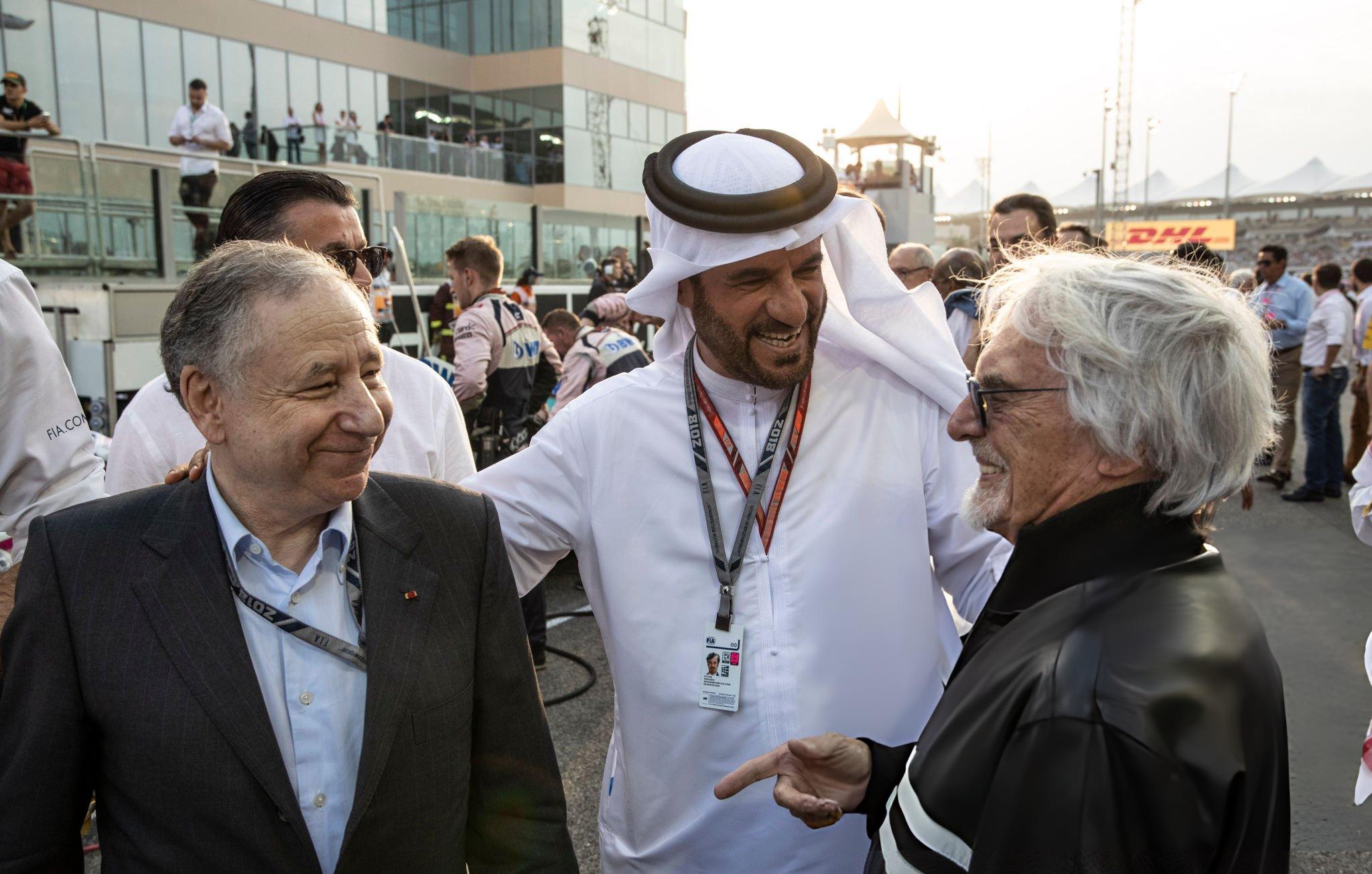
In 2021, Ben Sulayem invited her to serve as FIA Vice President for South America. This is not a ceremonial title but concrete work: implementing the federation’s global program in the region — from road safety and mass-participation autocross/buggy formats to increasing the number of racing licenses issued, supporting national series, and engaging with media and sponsors. Plus a “feedback” channel: the vice president is the conduit through which auto clubs’ views reach the presidium. For the current leadership, this is vital: its base rests on the votes of Africa, Asia, and Latin America.
The South America Effect: Measuring the Impact
The cases of Brazil and neighboring Argentina have become a showcase: with FIA support and local initiative, recent years have seen a marked increase in national championships for sports cars, touring cars, and affordable LMP3-level prototypes. The barrier to entry has dropped for gentleman drivers and small businesses; money from the grassroots has fed the pyramid — karting, single-make series, and stock cars. The talent elevator has revived as well: there are once again more Brazilians in European F3 and F2 because a clear development path and local success stories have emerged. Auto clubs are pleased — homologations are progressing, dues and licenses are growing, and crowds are returning to the grandstands.
The Gender Agenda and FIA Internal Politics

Ben Sulayem presented Fabiana’s appointment as a step toward equality — for the first time, a woman became a vice president. Later, Swedish official Anna Nordqvist was added to the team for the European brief. Against the backdrop of criticism about management style and budget transparency, such appointments served as an important political shield: “look, the doors are open.” Reputationally, Fabiana is not just “Bernie’s wife”; she is an expert with her own track record at the Brazilian Grand Prix and legal practice in two jurisdictions. In tandem with the president, she covers areas seen as his weak spots — marketing and partnership communications.
Scenarios on the Final Straight
With the current acceptance configuration locked in, opponents have virtually no chance. That is precisely why Fabiana’s role is even more visible: she can influence the agenda even after the vote — the distribution of portfolios, emphases in the regulations, and regional priorities. Her asset is not only a vote but also a network of contacts among promoters, auto clubs, and media. Any president will need a channel into Latin America; today, that channel is Fabiana.
Conclusion

From the outside, the FIA election may look like a bureaucratic formality, but in essence it is grand political engineering. The institutional “filter” has tied the ability to form a functioning team into a single surname. Thus, Fabiana Ecclestone has moved from a notable regional official to the arbiter of the alignment — the person whose “yes” starts the engine of the entire architecture of world motorsport. And that may be the signature hallmark of the new era: the winner is not the loudest voice, but the one holding the right key.








